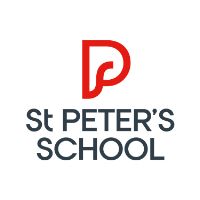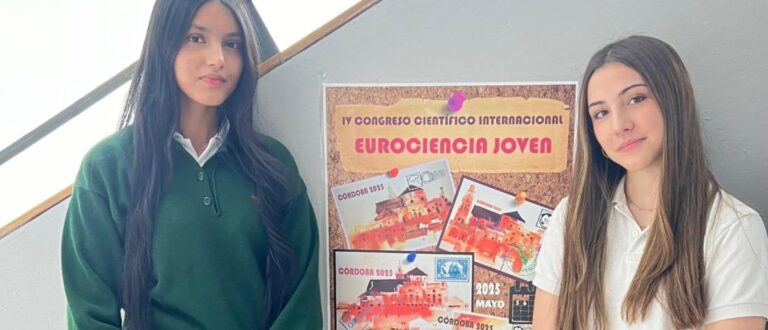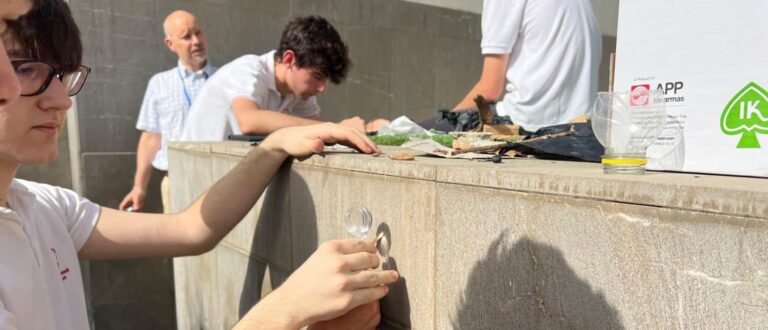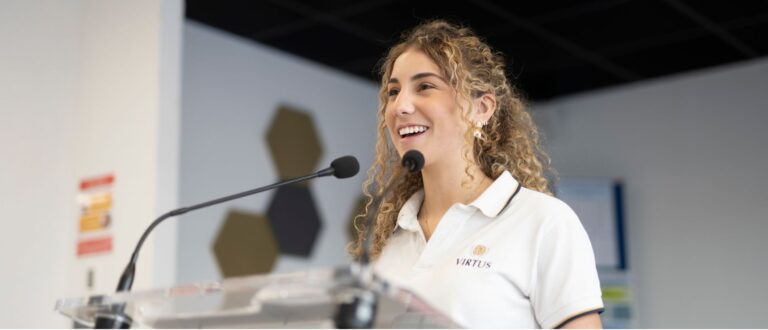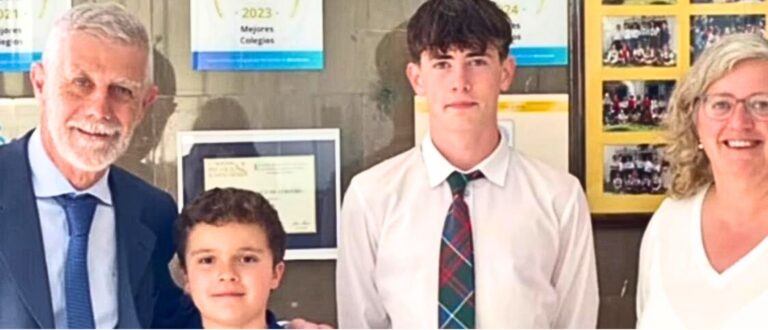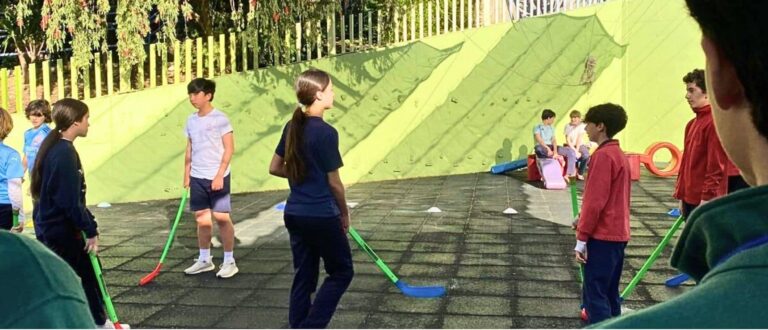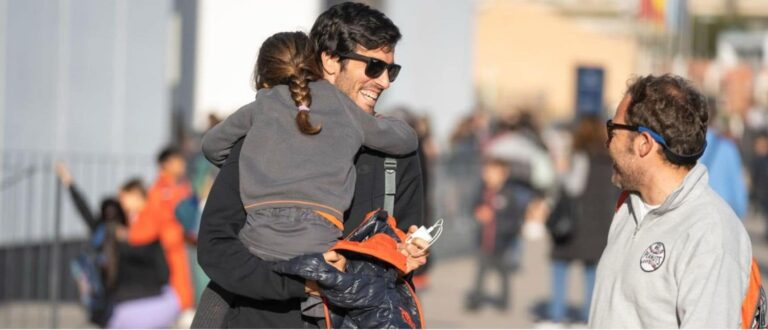‘Design Thinking’ is an innovative and creative methodology that helps to find solutions for specific problems. It can be used by any business or profession to achieve big results. It combines creativity and critical thinking, two soft skills that should be fostered and developed at any school that aims at preparing their students for their future. This is why some design teachers have started applying Design Thinking into their curriculum.
At St. Peter’s school Barcelona, two intrepid teachers decided to organise a challenge for Middle Years students during the last month of February. The result proved to be a success.
It was a two-day Design Sprint Bootcamp where Grade 8 students were given a problem to solve. During the challenge, students learned the fundamentals of human-centered design; starting from empathizing with user needs, defining the problem, ideating solutions, building prototypes, and finally testing and iteration.
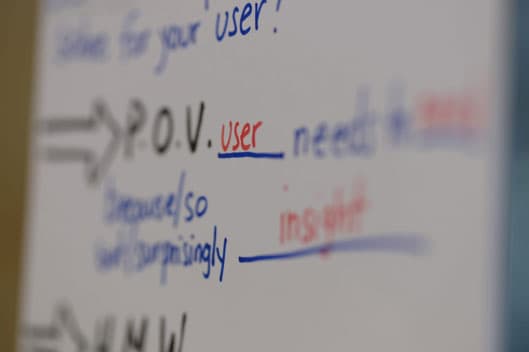
The first step was for each design team to choose between 4 types of personas (client profiles that currently exist today in the financial and banking industries):
- The skeptics, who don’t trust banks or the financial system anymore, and ask for more transparency.
- The pioneers, the young generation, always connected, who want efficiency and easiness.
- The traditionalists, who prefer to have real persons helping them with their bank account and need clarity as they are not so keen on the use of technology.
- The pragmatists, who know what they want, and don’t want services that are not useful for them.
In teams of three to four students, they empathized with their chosen persona in order to understand their needs and pain points leading to insights. Using these insights, the team defined the problem and shifted into a convergence phase by analyzing the challenges and problems of their users specific to their banking needs and financial goals.
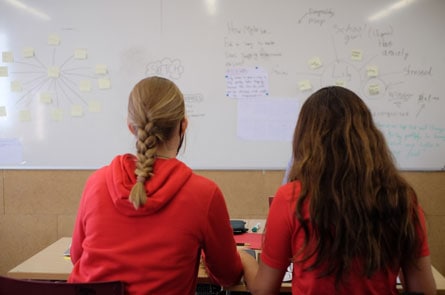
After defining the problem, the teams diverged into ideation through brainstorm; proposing different solutions, and sketching ideas. At the end of the first day, each team converged again by selecting a final idea leading to their design solution for their users. Day two was when doing beats the talking. The teams started to prototype their solutions while keeping the needs of their persona in the forefront. Prototypes evolved from low-resolution wireframe analog sketches, process maps, and storyboards to digital interfaces and applications.
When each team had it ready, they tested it by interviewing and observing how the users interacted with their prototypes. The groups took notes and captured feedback along the way; all to be used for design iterations and continuous improvement. To capture the entire journey, each team created a short video presentation summarizing the design thinking process from insights to innovation. The groups shared their experience and feedback with each other including the facilitators.
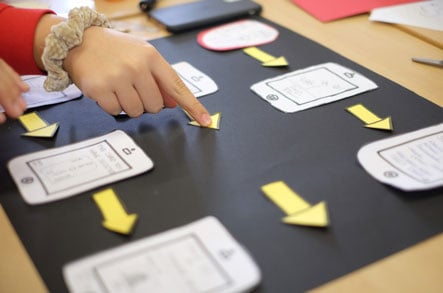
As a school community, everyone could feel the creativity, and collaboration the students had put in throughout the challenge. Some projects included blockchain technology, others the Sustainable Development Goals, showing how much they had mastered what they had recently studied.
Interdisciplinary projects that involve creativity, communication, organisation skills and collaboration are a great path to prepare students for their future personal and professional lives. In the uncertain and complex world, we are all living in, the Design Thinking methodology is one way of looking at possible challenges and then to find effective alternative solutions.
By Gaëlle Collas and Noelle Roces

